Predictions for Physical Retail 2025: Moving Beyond the Product

Retail is entering a new era. It’s 2025, and offering exceptional products is no longer enough - customers want more. They seek meaningful connections, memorable experiences, and spaces that reflect their values.
At Ripple, we’ve worked with forward-thinking brands to redefine their retail spaces, and we’ve seen first-hand how these changes are reshaping the industry. The future is experiential, emotion-driven, and interconnected. Here’s how retail leaders can stay ahead.
Community Will Be King
The most successful retailers of 2025 won’t just sell products; they’ll build communities. Customers are drawn to spaces where they feel valued and connected. Authentic, real-life interactions are the foundation of trust and loyalty.
Take Manchester Brick Specialists. We helped transform one of their showrooms into a community hub. The space is designed for architects and students alike to collaborate and network. It’s a destination as well as a showroom. To some, their product may be secondary, but best believe when they need to make their project a reality – MB will be the first to mind when it comes to sourcing materials. This community-first approach has positioned them as industry leaders, not just suppliers.
Community-focused spaces strengthen relationships, drive engagement, and elevate brands from transactional entities to essential parts of their customers’ lives. Read the Manchester Brick Specialists Case Study Here.

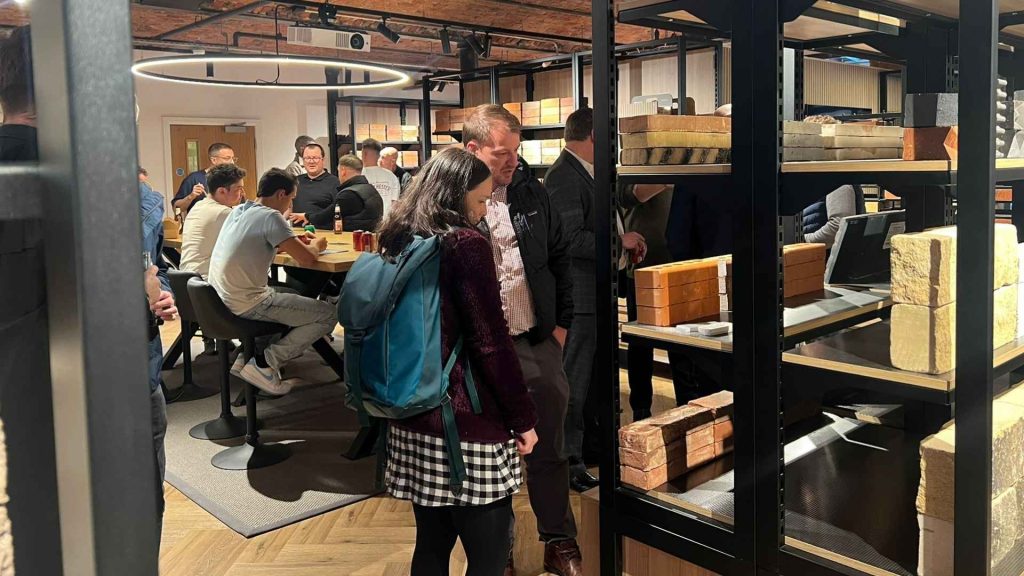
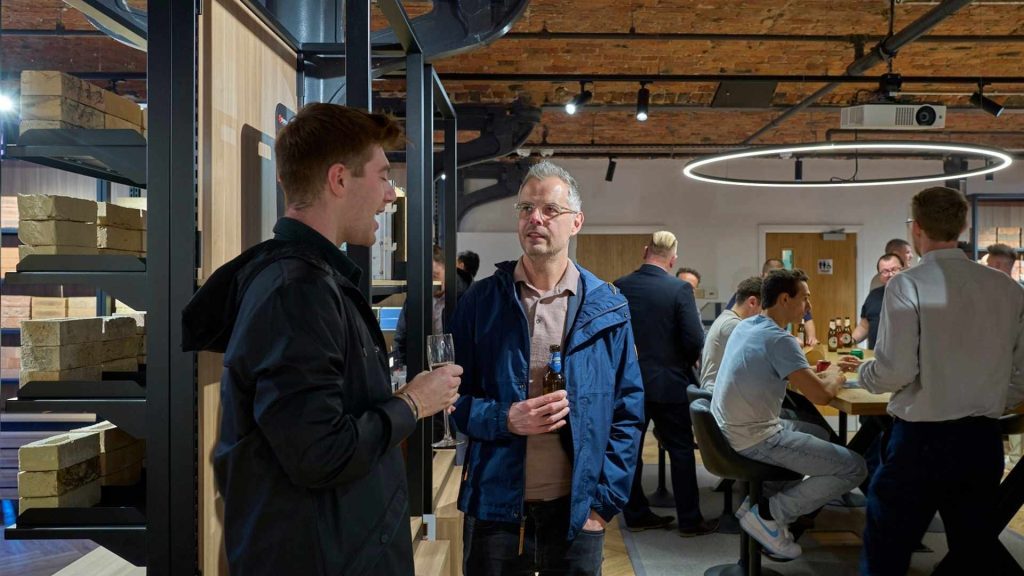

Top-Down Influence
Luxury brands have mastered the art of delivering unparalleled customer experiences. Now, mainstream retailers are following suit. In the same way, trends trickle down from the top fashion houses into premium and fast fashion retailers, physical retail will also be taking inspiration from the top. Personalisation, immersive environments, and exclusive services are no longer optional - they’re essential drivers of revenue.
Ripple’s clients have experienced transformative results by embracing these practices. For instance, projects where spaces have been redesigned with a focus on the customer journey have resulted in
- 200% increase in footfall
- 14% boost in average sales value
- 29% rise in overall revenue
These aren’t just "nice-to-haves"; they’re proof that investing in the customer experience pays dividends.
Flexible and Immersive Retail
For smaller businesses or pure-play eCommerce brands, entering physical retail can feel like a daunting leap. Yet in 2025, solutions like pop-ups and shop-in-shop concepts are emerging as accessible, scalable alternatives. These formats not only lower the barriers to entry but also provide opportunities to test ideas, gather customer insights, and build visibility, all while staying true to a brand’s identity.
Ripple’s work with Reprimo highlights how this approach can work. By using the shop-in-shop concept, Reprimo brought its brand to life in dynamic, flexible formats. These spaces enabled them to connect authentically with new audiences, test their presence in key markets, and gather actionable data. The bonus is that they can do so without the commitment and overhead of a full-scale retail operation.
What sets these strategies apart is their ability to seamlessly integrate a brand’s identity into the physical space. Customers are no longer willing to accept a disconnect between a brand’s values and its retail execution. Instead, they expect immersive, cohesive experiences that reflect the brand’s ethos at every touchpoint. By embracing physical retail, brands like Reprimo are building trust, fostering loyalty, and setting the foundation for long-term success.
Whether as a stepping stone for growth or a proving ground for innovative ideas, pop-ups and shop-in-shop concepts are more than temporary as they’re tools for the future. Read the RePrimo Case Study Here.

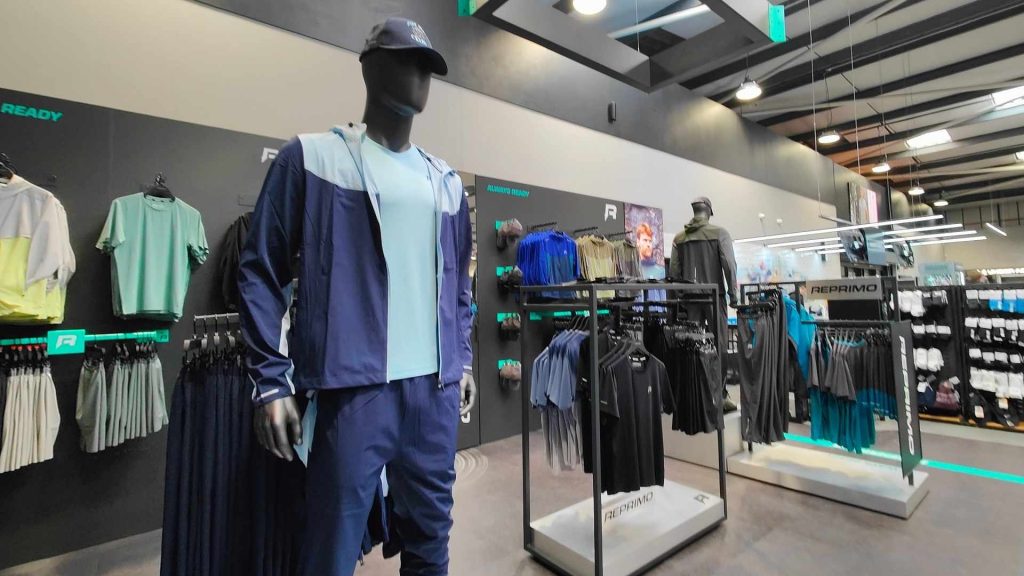
The Rise of Experiential Retail
Retail spaces are evolving into lifestyle hubs, seamlessly blending entertainment, interaction, and shopping into a cohesive experience. Customers now expect more than just products - they want to feel engaged, inspired, and emotionally connected to the brands they choose. It’s about creating a journey that resonates on a deeper level, leaving customers with lasting memories instead of fleeting transactions.
This is integral to the values of BPerfect, the Irish beauty brand. Their beauty bars are far more than retail spaces; they’re immersive beauty destinations. Customers can book makeup applications or attend lessons, turning their visit into a tailored, hands-on experience. The addition of TikTok booths allows visitors to create and share content, further enhancing their sense of involvement and connection with the brand.
But BPerfect doesn’t stop there. Their stores host exclusive events for product launches and special occasions, creating a dynamic atmosphere where customers can connect with both the brand and each other. These initiatives don’t just sell products - they create a sense of belonging and excitement that keeps customers coming back.
As retailers continue to redefine what physical spaces can achieve, those that prioritise emotional engagement and interactive experiences will set themselves apart in a crowded marketplace. By making customers feel valued and inspired, experiential retail transforms a shopping trip into something extraordinary. Read the BPerfect Case Study Here.
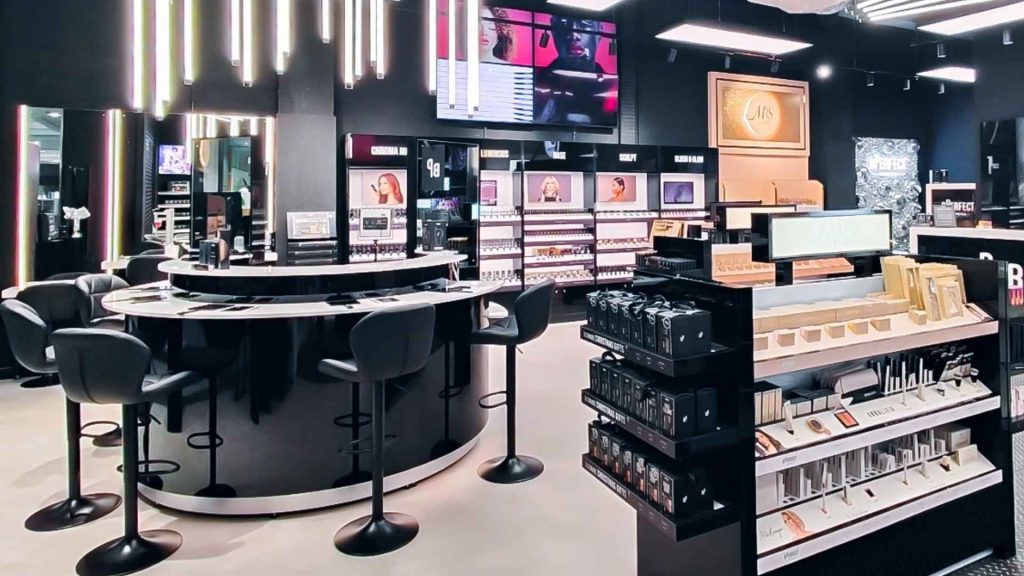
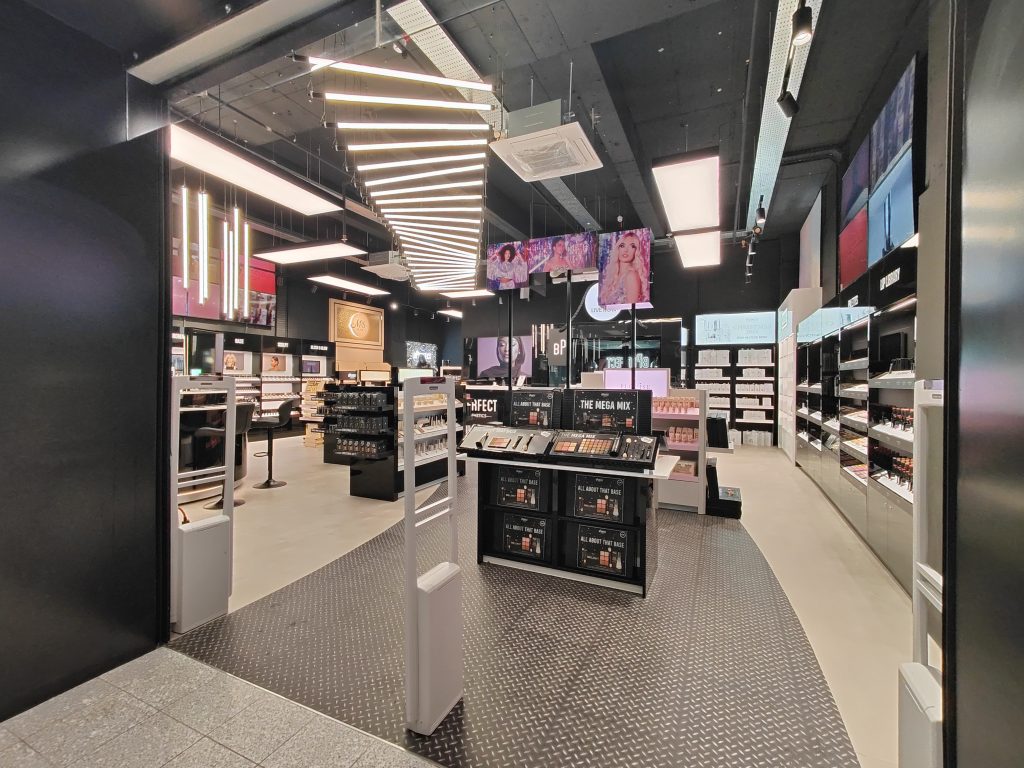
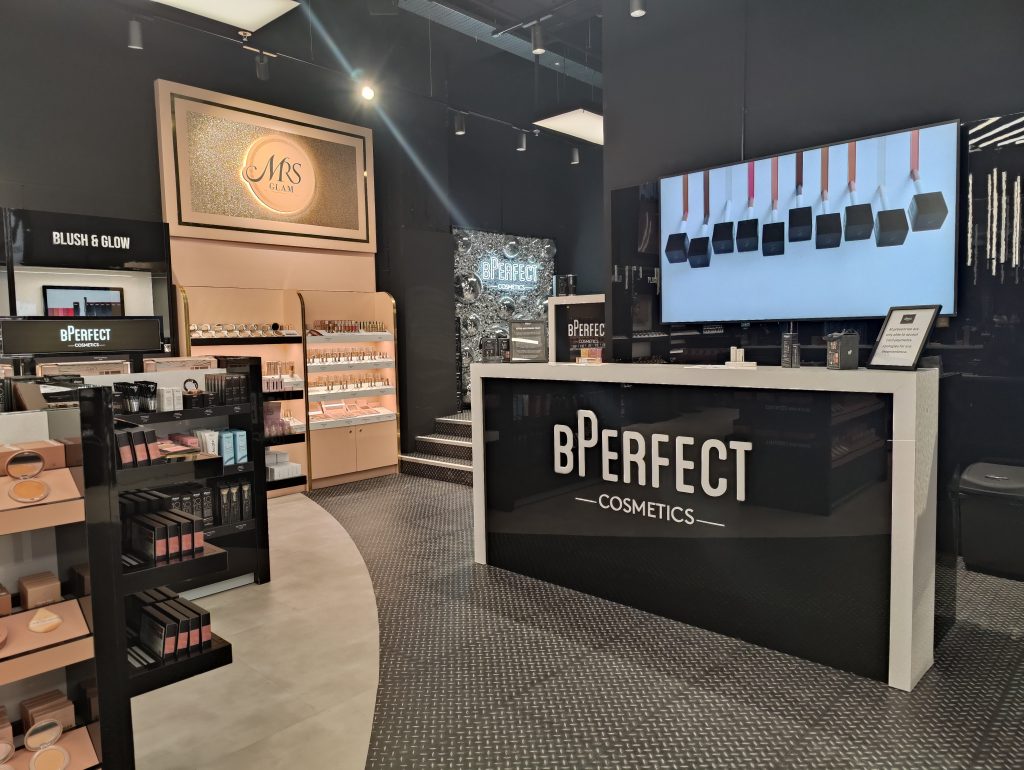
AI the Ally
The integration of AI, AR, and VR technologies is set to redefine how shoppers interact with brands, creating unique and tailored experiences that elevate the in-store journey. These technologies are moving beyond their novelty alone. They enhance convenience, improve decision-making, and provide a seamless blend of digital and physical interactions.
Take Sephora, for example. The beauty giant is a leader in leveraging AR through itsVirtual Artist app, which allows customers to "try on" makeup virtually before making a purchase. This eliminates the guesswork for shoppers, enabling them to experiment with different shades and styles in real-time. It’s a practical, interactive tool that empowers customers while enhancing their confidence in their choices.
The possibilities for integrating technology extend far beyond beauty and are making their way into physical retail spaces. Take Mugler, for instance. The brand implemented AR mirrors in a series of interactive XR installations in Europe, allowing customers to experience the brand's aesthetic in a completely new way. Rather than showcasing specific products, these mirrors use augmented reality to project Mugler’s designs and creative vision directly onto the customer. It’s an artistic and immersive interaction that strengthens the emotional connection between the customer and the brand. Read the Mugler Case Study Here.
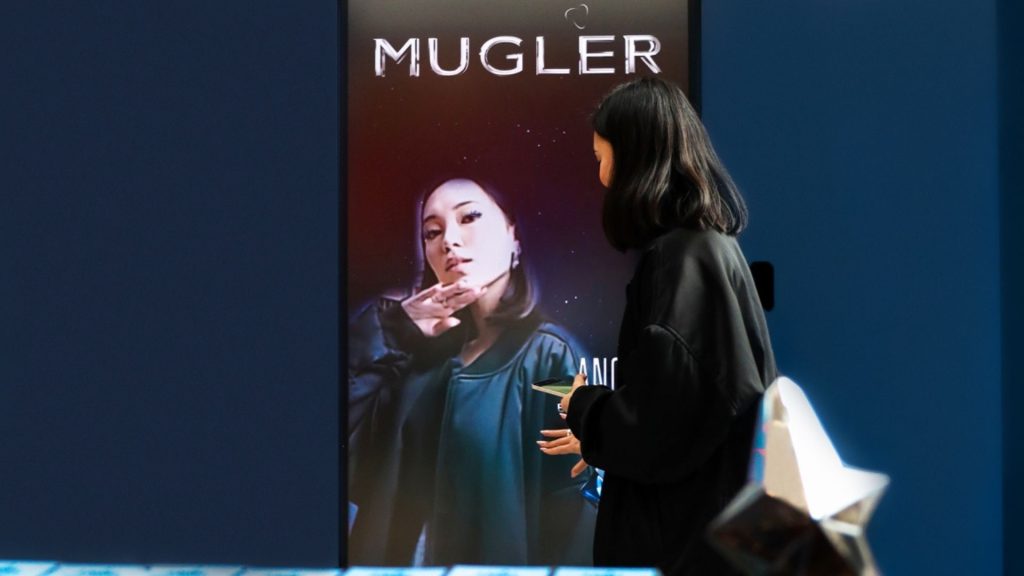
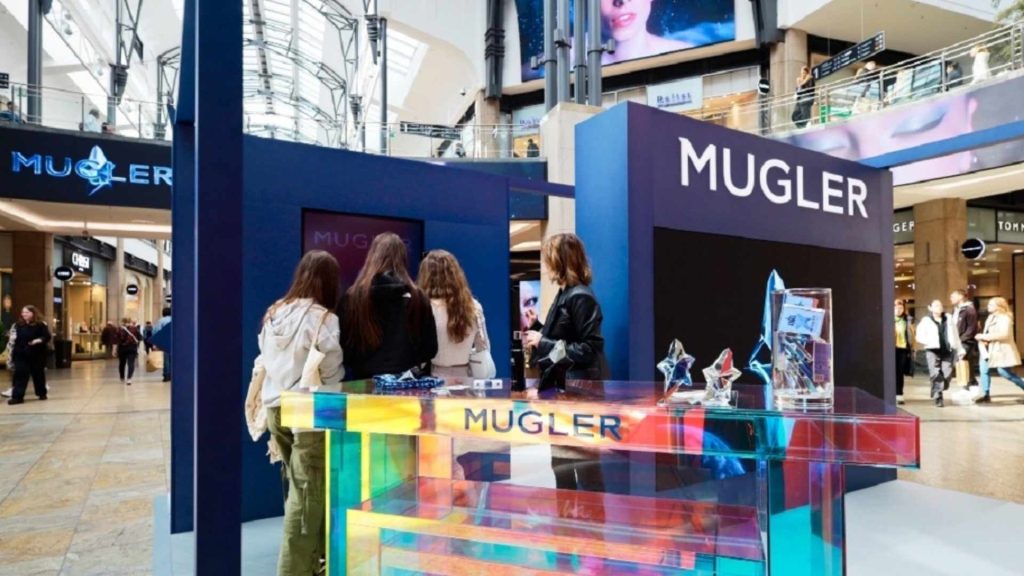
Imagine this same approach applied across other retail environments - walking into a store where technology personalises the experience from the moment you arrive, or visiting a clothing retailer where VR transports you to a runway showcasing the latest collection. These innovations redefine what it means to engage customers in-store, blending the digital and physical in a way that feels seamless and exciting.
We’re also hoping for a transformation in-store interactions by supporting sales teams with customer data through AI. By analysing customer preferences and behaviour in real-time, AI can provide actionable insights for sales associates, such as identifying popular trends or suggesting complementary products. This would empower teams to deliver highly personalised recommendations that build trust, foster stronger relationships, and drive higher conversions. Armed with these tools, salespeople can act as true brand ambassadors, creating a deeper connection between the brand and the customer.
These tools don’t just make shopping more convenient; they make it more engaging. By combining the efficiency of technology with the human desire for connection and discovery, brands can create experiences that leave a lasting impression, keeping customers coming back for more.
In 2025, retailers who embrace these technologies won’t just stay competitive, they’ll set the standard for what modern shopping looks like.
Ultimately, the retail spaces of 2025 will thrive by engaging customers on an emotional level. Whether through thoughtful design, interactive layouts, or opportunities for discovery, the goal is to make shopping a meaningful experience.
At Ripple, we’re already helping businesses design and implement these trends. From community-focused showrooms to technology-integrated solutions, we’ve seen how innovation transforms the retail landscape.
The future of retail isn’t daunting - it’s full of opportunities. Let’s create spaces that inspire connection, drive loyalty, and grow your brand.
Got an idea or some inspiration from this piece? Let’s chat! Contact us today.
More from the Retail Journal
Reach Us
Let’s start the conversation.

Greater Manchester OL4 2AB




.svg)
.svg)
.svg)
.svg)







.jpg)
